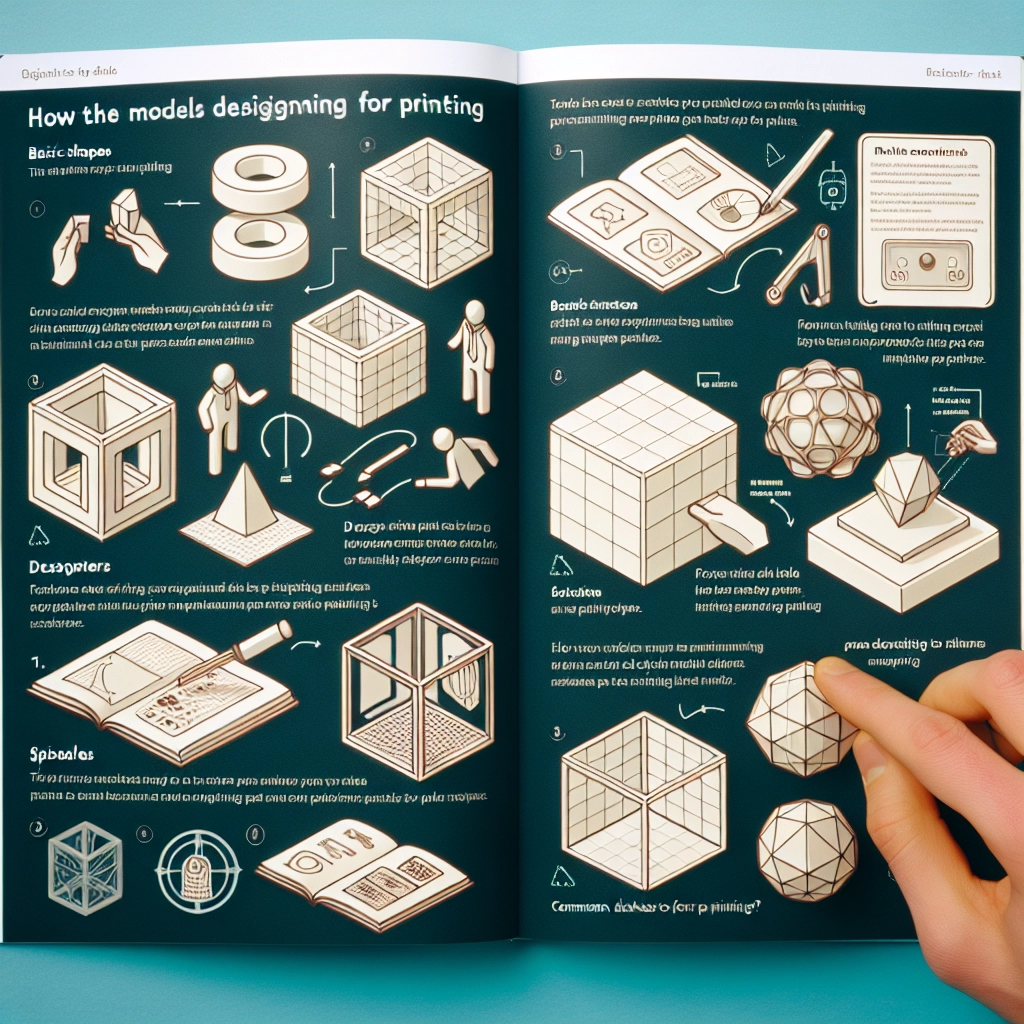A Beginner’s Guide to Designing 3D Models for Printing
3D printing has taken the world by storm, transforming how we create everything from prototypes to intricate art pieces. If you’ve ever thought about delving into this fascinating realm, you’re in for a treat! Designing 3D models for printing might seem daunting, but it’s incredibly rewarding once you get the hang of it. Whether you’re aiming to print fun toys, custom tools, or detailed sculptures, this guide will ease you into the process.
Understanding the Basics of 3D Printing
Before diving into design, it’s important to grasp some fundamental concepts. 3D printing, at its core, is the process of creating a physical object from a digital model. This is typically done layer by layer using materials like plastic, resin, or metal. The most common method for beginners is Fused Deposition Modeling (FDM), where a plastic filament is melted and extruded to form the desired shape.
To kick off your design journey, you’ll need to familiarize yourself with STL files, which are the standard file format for 3D printing. An STL file captures the geometry of a 3D object as a collection of connected triangles.
Tools of the Trade: Software Choices
Next up, choosing the right software. There’s a variety of 3D modeling software available, ranging from user-friendly programs for beginners to complex CAD tools for professionals. Some popular options include:
-
Tinkercad: A fantastic starting point for beginners, Tinkercad is a free, user-friendly online program that allows you to create simple designs using basic shapes.
-
Fusion 360: This is a more advanced tool that offers intricate features necessary for creating detailed models. It’s free for students and hobbyists.
-
Blender: If you’re inclined towards artistic modeling or animation, Blender is a robust option. Although it has a steeper learning curve, it’s open-source and packed with powerful features.
-
SketchUp: Known for its intuitive interface, SketchUp is great for architectural designs and quick modeling, making it suitable for both beginners and advanced users.
Explore these programs and find one that resonates with your creativity and comfort level.
Getting Started with Your First Model
Now, it’s time to bring your ideas to life! Start simple. Here’s a step-by-step approach:
-
Sketch Your Ideas: Before jumping into software, sketch simple designs on paper. This helps visualize dimensions and shapes.
-
Open Your Chosen Software: Create a new project and begin by forming the basic shape. In Tinkercad, for example, drag and drop geometric shapes (like cubes and cylinders) to build your design.
-
Group Shapes: Don’t hesitate to combine shapes. Most software features tools to group shapes, which allows you to manipulate them as a single object.
-
Refine Your Design: Play with sizes, alignments, and details. Don’t rush; experimenting is part of the creative process!
-
Export Your Model: Once you’re happy with your design, export it as an STL file. Your software should have a straightforward option to do this.
Preparing for Printing
Before hitting “print,” you’ll want to ensure your model is ready.
-
Check for Errors: Use software like Microsoft 3D Builder or Netfabb to check your STL for issues like non-manifold edges or holes.
-
Slicing Software: To turn your 3D model into instructions for the printer, you’ll need slicing software. Programs like Cura or PrusaSlicer will prepare your design, allowing you to adjust settings like layer height, print speed, and support structures.
-
Printer Settings: Tailor settings based on your printer and material. If you’re using PLA filament, for example, choose a print temperature and speed that suits it.
Printing Your Model
Now, the thrilling moment arrives: printing your model! Make sure your printer is calibrated correctly and has enough filament. Click print and watch as your digital design transforms into a tangible object before your eyes. It’s like magic!
Embrace the Journey
Designing 3D models for printing is an adventurous process that blends creativity with technology. Don’t be discouraged if your first prints don’t turn out perfectly. Every misstep is a stepping stone toward mastering this art. The more you practice, the more skilled you’ll become.
Connect with the vibrant 3D printing community online for inspiration, troubleshooting, and tutorials. Share your creations, learn from others, and stay engaged with innovations in the field.
As you continue to explore and innovate, remember: every great designer once started as a beginner. So, grab your software, unleash your creativity, and start turning your ideas into reality. Who knows? Your next creation might just be the talk of the town!

